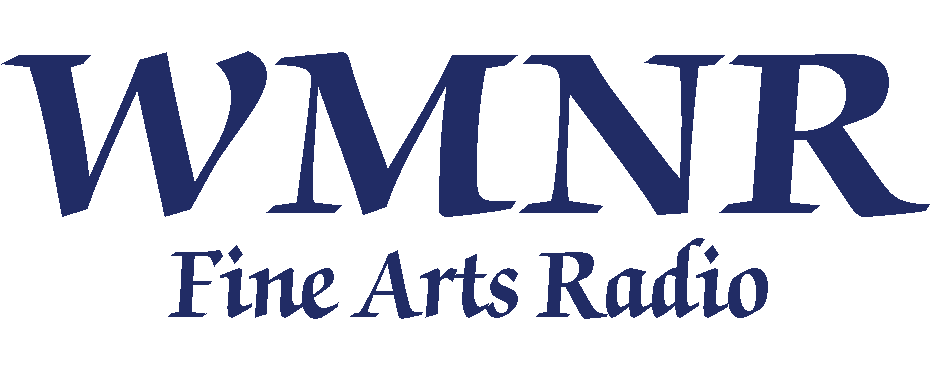Why are there so many different FM signals for WMNR Fine Arts Radio and such a long station ID?
WMNR Fine Arts Radio began in Monroe, Connecticut, hence the call letters M-N-R. In 1982, we adopted today’s primarily classical format and added the phrase “Fine Arts Radio” soon after to describe the programming. In time, our broadcast capabilities came to include four stations: WMNR (the flagship), WRXC, WGSK, and WGRS. We could choose to air four different broadcasts from these four different towers, but we choose to air the same fantastic programming on all four and call them, collectively, WMNR Fine Arts Radio.
Why those call letters? A bit of creativity. WRXC is for Radio 90, XC being the Roman numeral for 90, as it is 90.1 FM. WGSK stands for Gaylordsville South Kent and WGRS stands for Guilford Radio Station.
As for our many station identifications, per FCC regulations, stations must identify themselves on, or close to, the hour. Translators must be identified by hidden signal or said on-air in the morning, at 1:00 pm, and in the late afternoon. WMNR has four stations and 15 translators. Hold on, what’s a translator? Translators are pieces of radio equipment which rebroadcast the main frequency to a wider geography so more listeners can tune in. You hear us name some on air, ie. W286CL Shelton, when we do our legally-required station ID. The others, you’ll be relieved to hear, are identified in a manner detectable only by the FCC.
So, the WMNR you love and support is a conglomeration of stations and translators, acquired and activated over decades as licenses became available from the FCC.
